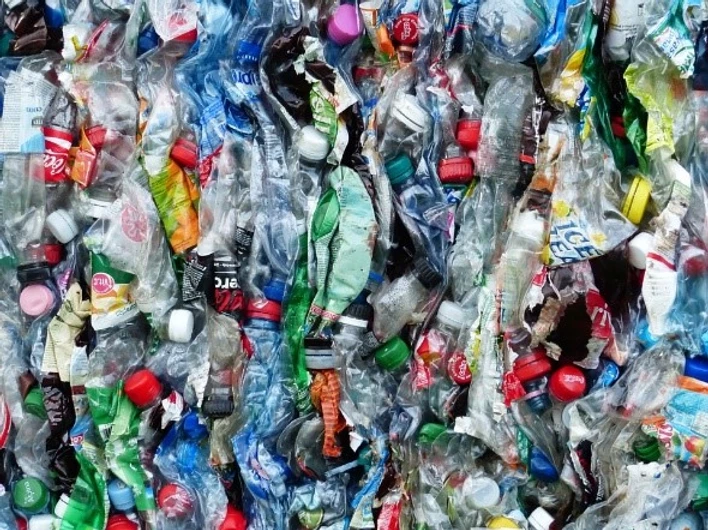
The Lifecycle of Disposable Wooden Utensils
In 2018 alone, more than 54 billion pounds of plastic ended up in U.S. landfills, where it will sit for up to 1,000 years before decomposing. We have a long way to go as a country to reverse the upward trend of plastic use, but we can easily start with disposable utensils. Replacing the 40 billion plastic utensils used annually with environmentally responsible alternatives will make a noticeable impact.
Disposable plastic utensils require significant energy to produce, and most will end up stuffed in drawers or tossed in the trash after one use. With the current climate conditions we are facing, it is especially crucial that we begin relying on non-toxic, biodegradable materials.
That’s where wood comes in. When manufactured properly, disposable wooden utensils carry the same durable properties of plastic without putting more stress on the planet. Their journey begins and ends in nature, respecting the environment at every stage along the way. Let’s break it down.
Phase 1: Tree Growth & Harvesting
The lifecycle of our disposable wooden utensils begins in the forest. We source materials from areas certified by the Forest Stewardship Council, an agency that sets guidelines for managing and harvesting forests responsibly.
Whereas plastic utensils rely on limited resources like oil—which takes several million years to form—wooden utensils rely on a renewable resource: wood. When a tree is cut down and harvested, a new tree is planted in its place. After all is said and done, the forests’ losses and gains equal out. The environment has not been harmed and we have the materials we need to make disposable wooden utensils that will one day end up back in the earth.
The best woods for disposable utensils are birch and bamboo. They are not only easy to process due to their naturally strong properties, but also quick to grow. Birch trees take 30 years to fully grow back and bamboo plants only take 5 years—much better than oil, which will run out long before it can be replenished.
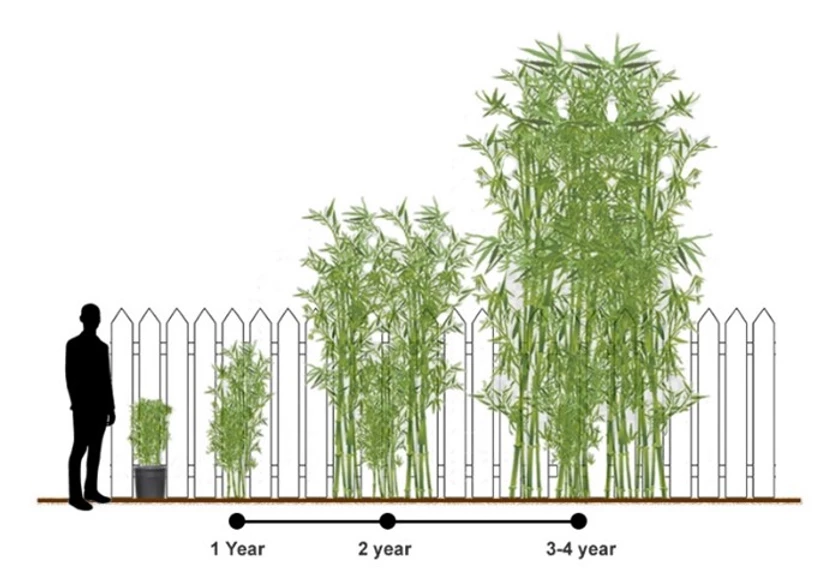
Phase 2: Processing
Even before disposable wooden utensils reach the hands of consumers, they cut the environment some slack. Plastic production requires a significant amount of water, energy, and oil. It even leaves a trail of harmful, human-made chemicals in its wake. In comparison, birch and bamboo hardly leave a footprint, and definitely nothing toxic.
Looking at five of the major environmental factors of manufacturing, birch and bamboo utensils score better than plastic in every way:
They create zero harmful byproducts
They require very little, if any, water
They consume far less energy during their lifecycle
They have a smaller global warming potential
They put less carbon dioxide into the air
Those five factors add up to prove that creating new products can be a safe and friendly process. Manufacturers do not need to worsen pollution and damage the environment in order to make a great utensil.
Phase 3: Use
Like other single-use spoons, forks, and knives, disposable wooden utensils are commonly stocked in fast-food and fast-casual restaurants. Here they are used in-house and distributed with takeout orders. Of course, it’s exciting for a customer to see that they have been given a fancy-looking utensil for their meal, but beyond charm, wooden utensils carry a functionality that can’t quite be matched.
Made correctly, disposable wooden utensils can embody the good qualities of plastic cutlery and cut out the bad. They are not only good for the environment and a restaurant’s brand image, they are also durable, comfortable, and fit for firm foods. Their period of use is a positive one, not a flimsy one.
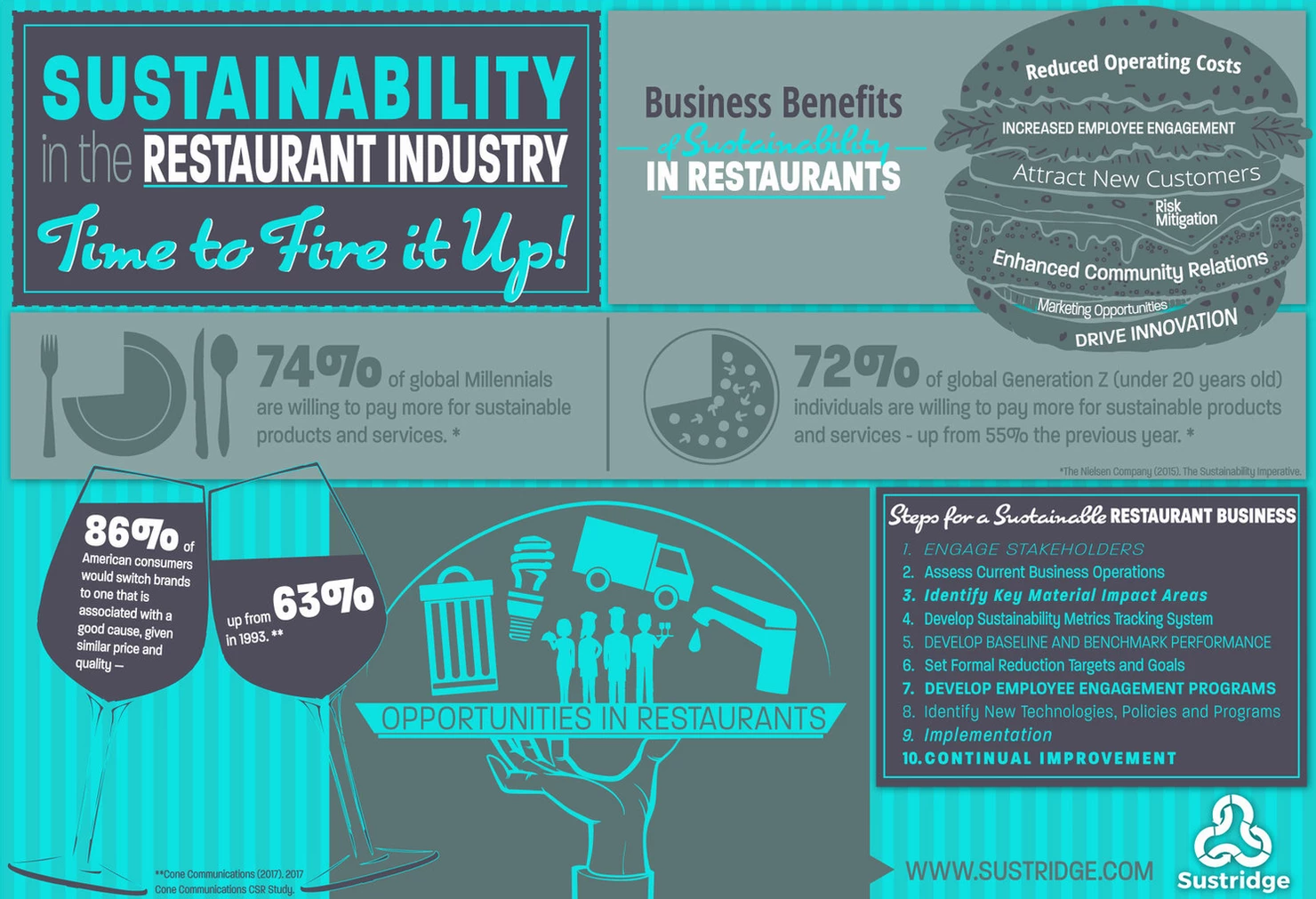
Single-use plastic utensils are intended for just that: a brief, one-time use. They wear down quickly and can’t safely be used after washing. Disposable wooden utensils are also only expected to be used once, but their functionality doesn’t go away after a quick rinse. If someone wanted, they could wash and reuse the wooden utensil before disposal.
Phase 4: Disposal & Composting
After dutifully serving their purpose, disposable wooden utensils are ready to be thrown out. Fortunately, they don’t meet the same fate as other one-time-use utensils, trapped in landfills taking up space and releasing potent greenhouse gases.
Like food scraps, coffee grounds, leaves, and branches, birch and bamboo utensils are fully compostable. This means they can be combined with other organic materials and used to fertilize soil. Composting disposable wooden utensils ensures that nutrients from the wood are recycled and carbon is returned to the ground. This is better than being released into the atmosphere as carbon dioxide, which can linger in the air for up to 1,000 years. Composting can be done by restaurants on a commercial level or in a consumer’s own backyard.
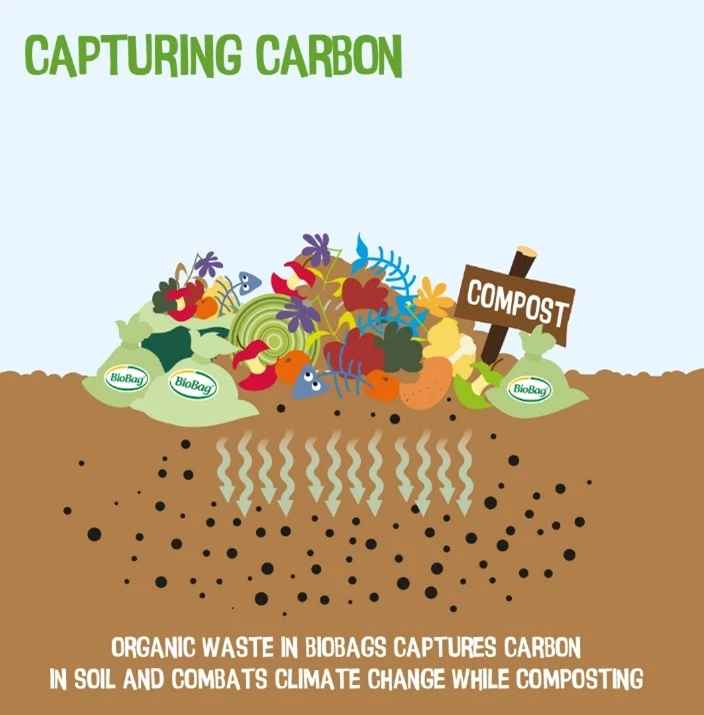
If a disposable wooden utensil is accidentally tossed in the trash rather than being sorted with compost, it makes its way to a landfill. It’s not ideal, but it won’t stay there for long thanks to natural decomposition.
Phase 5: Decomposition
Once a wooden utensil has been disposed of, it is nearly ready to complete its lifecycle, but not without outperforming the competition one last time. Wood is totally natural, so it’s fully biodegradable and quick to break down. On the flip side, every single plastic utensil that’s ever been manufactured still exists today. A plastic utensil’s lifecycle doesn’t end with decomposition—in fact, it never really ends at all.
Though plastic originates from natural resources, it’s not exactly natural. The processes used to create the polymers that comprise plastic aren’t found in nature, and in turn, nature doesn’t have a way to break those polymers down. Plastic utensils are not biodegradable or compostable, and even when they are put in a recycling bin, they may still end up in a landfill. This is because they often aren’t cost-effective to repurpose.
Plant-based plastic utensils have been posed as a trendy alternative to regular plastic because they can be composted in industrial facilities, but even those are not biodegradable. Since most plastic utensils are disposed of in the trash, this leaves the utensils in the same position as their classic counterparts: stuck in a landfill, not breaking down.
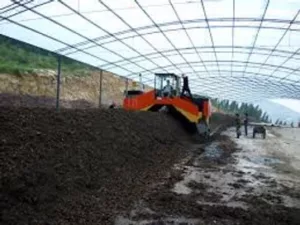 Wooden utensils, on the other hand, decompose on their own regardless of where they end up. Should they veer off course and land in an ocean or landfill, they will still decompose, albeit not as quickly as if they were disposed of properly.
Wooden utensils, on the other hand, decompose on their own regardless of where they end up. Should they veer off course and land in an ocean or landfill, they will still decompose, albeit not as quickly as if they were disposed of properly.
The ideal finish line for a disposable wooden utensil is being added to compost. Here, it will decompose in about 90 days, enriching the soil that it came from to support the growth of other trees and plants. That’s what we call the circle of life.
How We Can Help
Alder-Tek Manufacturing leads innovation in the disposable cutlery field, providing the highest-quality wooden utensils on the market with a BRC Food Certification. We oversee the entire manufacturing process, from sourcing raw materials to delivering the finished product, and we have the environment in mind every step of the way.
As an established supplier, our biodegradable products are cost-effective and especially fit for medium- to large-scale restaurant businesses looking to further their environmental brand initiatives without sacrificing quality. Forest to fertilizer, our disposable wooden utensils make a positive impact—by leaving no impact.
To learn more about disposable wooden utensils or how we can help your restaurant send us a message! We are always happy to chat and find a solution that works for you.